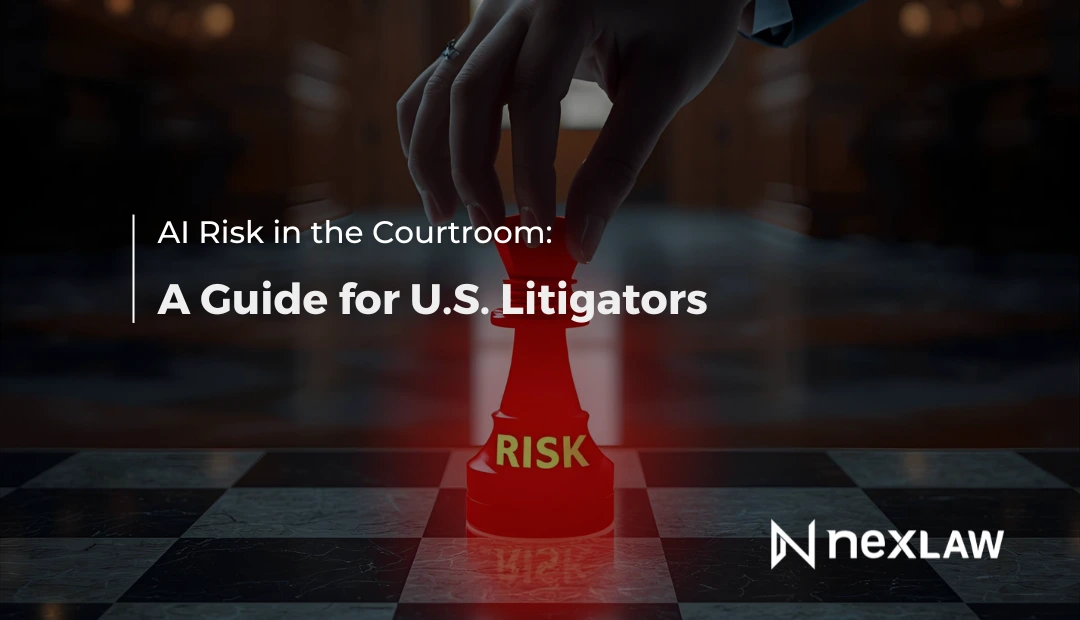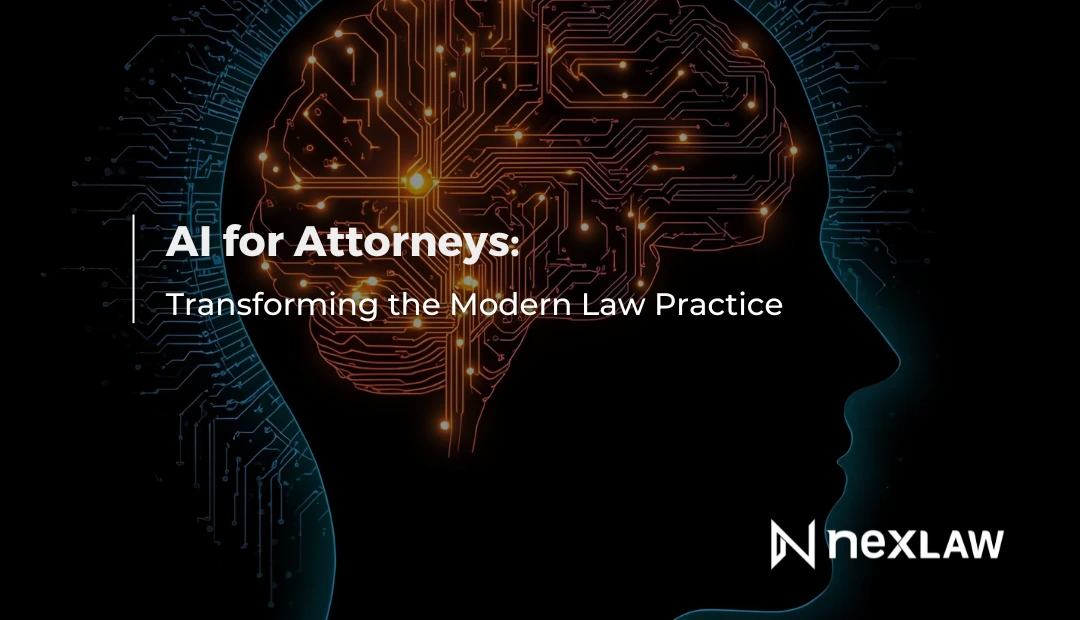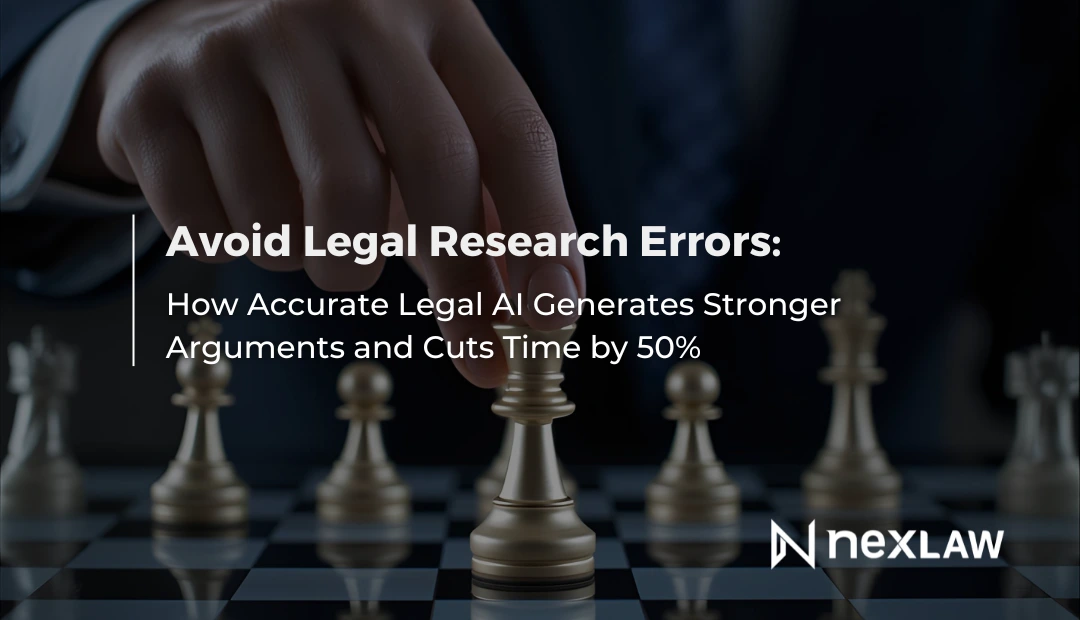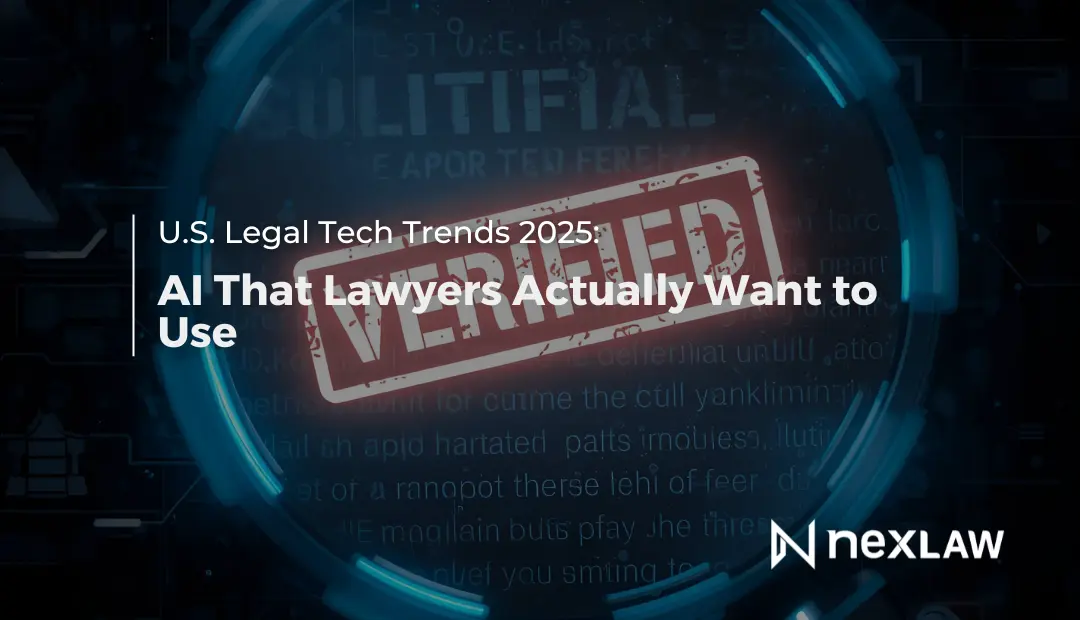AI Risk in the Courtroom: A Guide for U.S. Litigators
AI and the U.S. Courtroom: Opportunity Meets Risk
Artificial intelligence is rapidly becoming part of everyday legal practice. But inside the courtroom, every misstep matters. In recent years, poorly supervised use of AI has led to public sanctions, rejected motions, and ethical scrutiny. For U.S. litigators, understanding the risks of courtroom AI is no longer optional—it is essential.
Unlock Legal Insights Instantly!
This article outlines the top categories of risk, provides guidance on responsible AI usage, and explains how today’s legal technology can help minimize exposure.
Understanding the Core AI Risks for Litigators
1. Hallucinated Citations
One of the most infamous risks of AI in litigation is false case law. Generic language models often produce citations that look real but do not exist. This leads to serious consequences, including court sanctions and reputational harm.
Example: In 2023, a New York lawyer faced sanctions after filing a motion with six fake cases generated by an AI chatbot. The court found that the lawyer had failed to verify the authority of the citations.
Risk mitigation: Use legal AI tools like NEXA that cite verified sources from trusted databases and display jurisdiction-level controls.
2. Unauthorized Practice of Law (UPL)
If AI is used to provide legal advice or make decisions without attorney oversight, firms may risk violating UPL regulations. This is especially important for firms deploying client-facing AI tools or chatbots.
Key questions for litigators:
- Does the tool merely assist or does it generate legal arguments?
- Is there clear review and control by a licensed attorney?
- Could a client mistake the tool for official legal counsel?
3. Breach of Confidentiality
AI platforms that process sensitive documents must follow strict data privacy standards. Any unauthorized data training, storage in open servers, or failure to isolate case information can breach attorney-client privilege.
Best practice: Only use AI legal assistants that promise zero-training on user data, encryption at rest and in transit, and full auditability.
4. Courtroom Credibility Risk
Judges and opposing counsel may challenge the use of AI tools during proceedings. Litigators must be prepared to explain how outputs were generated, reviewed, and verified.
This includes:
- Transparent sourcing of research and arguments
- A clear statement of human review
- Understanding the tool’s scope and limitations
In federal courts especially, the burden of due diligence falls squarely on the attorney.
5-Point Risk Evaluation Checklist for Courtroom AI
Use this checklist to evaluate whether your legal AI tools are courtroom-ready:
| Risk Category | Question to Ask | Red Flag |
|---|---|---|
| Source Transparency | Can you trace every citation back to a known case or statute? | Output cites unknown or unverifiable cases |
| Human Oversight | Was the final document reviewed by a qualified attorney? | Output was submitted as-is |
| Data Confidentiality | Is your client data fully encrypted and not shared or trained on? | Vendor uses open-source LLMs with your data |
| UPL Exposure | Does the AI tool claim to replace a lawyer’s judgment? | No human-in-the-loop controls |
| Ethical Fit | Is the AI platform designed for legal workflows, not generic tasks? | Tool relies on general-purpose language AI |
How the Best Firms Are Managing AI in Litigation
Top U.S. litigation firms in 2025 are integrating AI, but only within frameworks that prioritize compliance, strategy, and transparency.
Their common practices include:
- Implementing training sessions for AI literacy and ethical use
- Creating internal review protocols for AI-generated drafts
- Logging every AI interaction in the litigation file
- Choosing tools built for the courtroom, not consumer use
They also ensure that all AI-assisted materials go through a second layer of human approval, especially before filings or hearings.
AI Can Support—Not Replace—Legal Judgment
The key risk with AI is not the tool itself, but how it is used. When AI is treated as an unchecked authority, it increases risk. When it is used as a smart assistant under legal supervision, it enhances precision, speed, and confidence.
Platforms like NEXA, TRIALPREP, and CHRONOVAULT 2.0 are built to respect this boundary. They provide structure and insight, not final decisions.
The Future of AI Risk Regulation in U.S. Courts
Expect courts to continue evolving their expectations for AI usage. Already, states like California and Florida are drafting local bar opinions, while federal judges have started requesting AI disclosures in motion filings.
As AI grows more integrated into legal workflows, regulation will move from optional to mandatory. Litigators who learn to work within these guidelines today will be better positioned tomorrow.
Final Takeaway: Smart Litigators Know the Risks and the Tools
Legal AI is not going away—but that does not mean it can be used recklessly. The courtroom demands precision, evidence, and ethics. Litigators who want to succeed in this AI-powered landscape need platforms designed for legal rigor.
Explore how NEXLAW helps U.S. litigators use AI with confidence.
- Try it now with a 3-day free trial—no credit card required or get full access with a 7-day free trial.
- Want to see it in action first? Book a demo call and get a walkthrough tailored to your litigation needs.





.webp)
